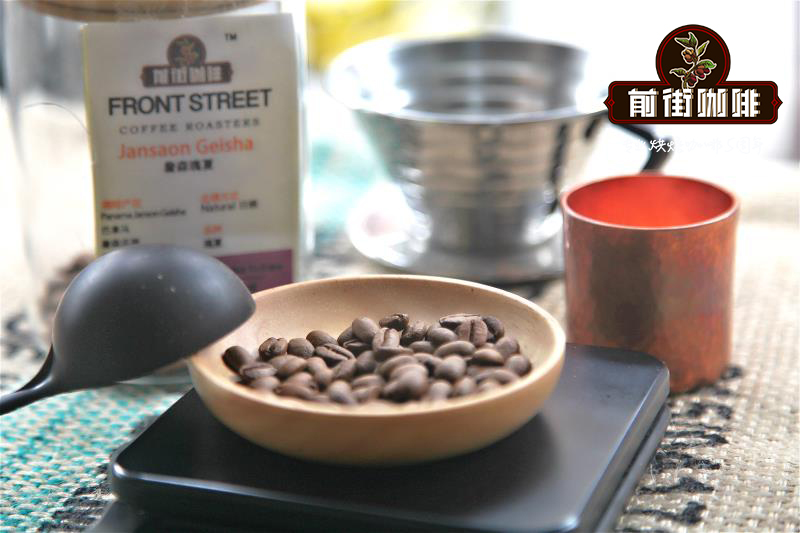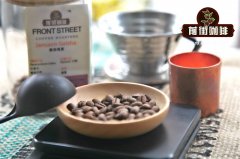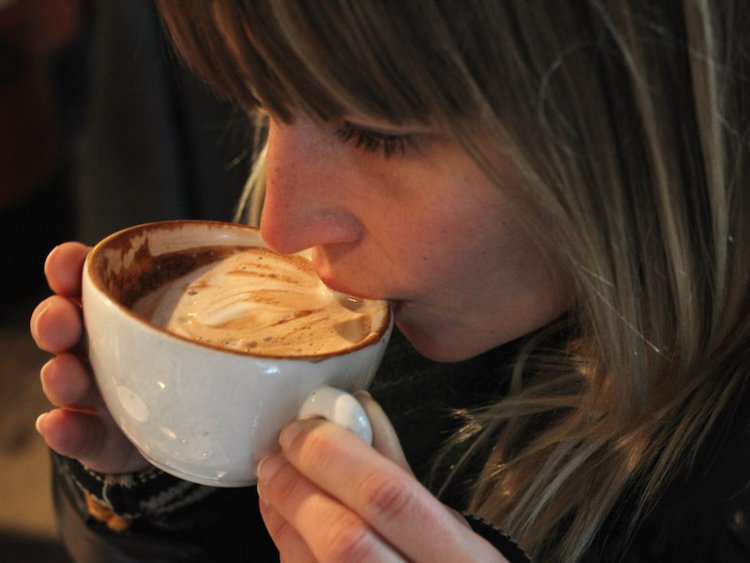Changes in the roasting process of coffee beans changes occurred before and after roasting

Professional coffee knowledge exchange more coffee bean information please follow the coffee workshop (Wechat official account cafe_style)
Volatile and non-volatile compounds
You may have heard that volatile and non-volatile compounds are produced during baking. Generally speaking, volatile compounds are aroma and non-volatile compounds are flavors. But what kind of substances are these?
Volatile compounds are organic chemicals with high vapor pressure at room temperature, many of which are formed in the degradation reaction or in the development stage of baking. When the volatile compounds escape, we will smell the unique aroma of this coffee, including:
Aldehydes: bring fruit aroma, green aroma. Furan: helps caramel smell pyrazine: has the smell of dirt.
Sulfur compounds: including 2-furfuryl mercaptan. Some of these compounds are often described as having the aroma of "roasted coffee", but some substances are unpleasant when smelled independently. For example, methanethiol smells like rotten vegetables.
Guaiacol: with the smell of smoke and spices. Carbon dioxide is a volatile substance that does not affect the aroma, but does affect the thickness of alcohols.
Non-volatile compounds are usually stable at room temperature, which means they do not evaporate. These parts of the compounds will change during the baking process, while the rest will remain stable throughout the baking process, and non-volatile compounds will help to produce flavor.
Caffeine, for example, may bring some bitterness. Caffeine occurs naturally in coffee and remains unchanged during roasting. Other non-volatile compounds, including sucrose that provides sweetness, oils that provide alcohol thickness and taste, and protein melanin, which produce color and alcohol thickness, are non-volatile compounds.
The role of acid
Acids play an important role in producing flavor. Baking can degrade some acids and produce other acids.
For example, citric acid and tartaric acid, which produce sour and sweet flavors, decompose during baking. So roasting for a long time or overheated will greatly reduce the sweetness of the final coffee.
Coffee contains a lot of chlorogenic acid, which can be broken down into caffeic acid and quinic acid when roasted. Chlorogenic acid and quinic acid are both thought to form bitterness and astringency.
Coffee roasting includes many chemical changes that help develop into the flavor, aroma and alcohol thickness of the coffee cup. Many reactions are sensitive to temperature changes and the length of heating. Therefore, small changes in baking technology will have a far-reaching impact on flavor characteristics.
Understanding what happens during baking and why these changes occur will help you make wiser choices. If you have an idea of how these compounds are produced during baking, you can better understand what went wrong with your baked batch, or use this information correctly to make the next pot more successful.
Important Notice :
前街咖啡 FrontStreet Coffee has moved to new addredd:
FrontStreet Coffee Address: 315,Donghua East Road,GuangZhou
Tel:020 38364473
- Prev

Changes in coffee roasting: what are the chemical changes in the roasting process of coffee beans
Professional coffee knowledge exchange more coffee bean information please follow the coffee workshop (Wechat official account cafe_style) do you know what happens when roasting coffee beans? What are the chemical changes that transform raw coffee beans into coffee ripe beans with charming flavor and rich aroma? The main chemical reaction heating coffee beans will trigger hundreds of different chemical reactions, and roasting will drop.
- Next

9 simple brewing tips to improve your coffee drinking experience immediately!
Professional coffee knowledge exchange more coffee bean information Please follow the coffee workshop (Wechat official account cafe_style) many people drink a strong cup of coffee in order to reduce stress or improve their spirits, but no matter how good beans they choose, they always feel bad and would rather spend money outside. In fact, as long as they master some skills, it can be easy at home.
Related
- Beginners will see the "Coffee pull flower" guide!
- What is the difference between ice blog purified milk and ordinary milk coffee?
- Why is the Philippines the largest producer of crops in Liberia?
- For coffee extraction, should the fine powder be retained?
- How does extracted espresso fill pressed powder? How much strength does it take to press the powder?
- How to make jasmine cold extract coffee? Is the jasmine + latte good?
- Will this little toy really make the coffee taste better? How does Lily Drip affect coffee extraction?
- Will the action of slapping the filter cup also affect coffee extraction?
- What's the difference between powder-to-water ratio and powder-to-liquid ratio?
- What is the Ethiopian local species? What does it have to do with Heirloom native species?

